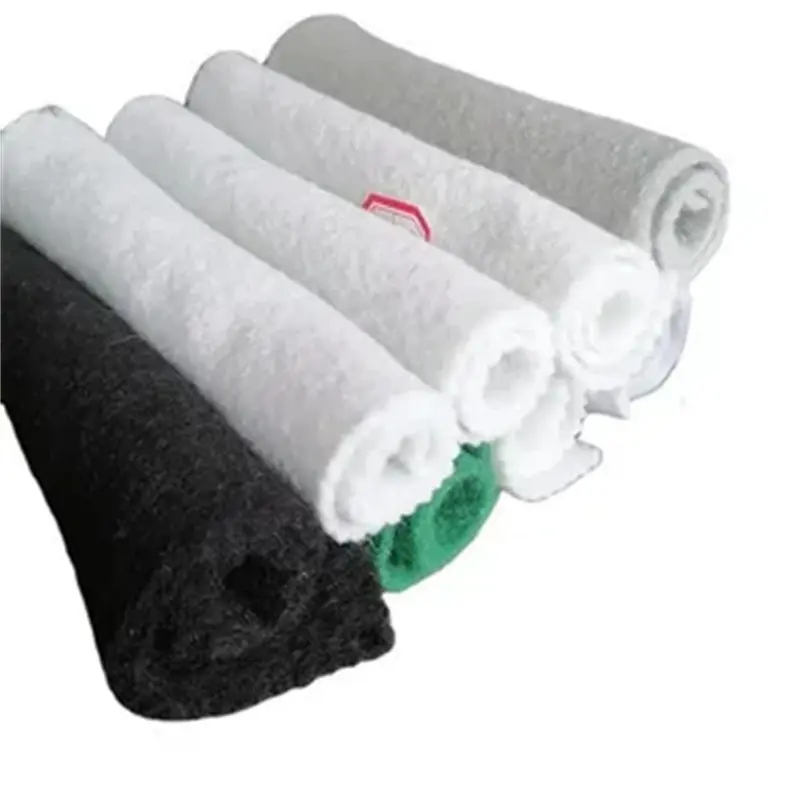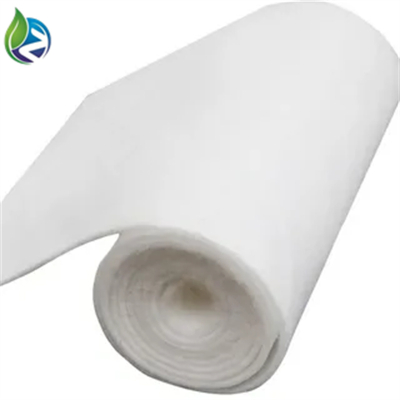what are geotextile fabrics
When many people first see this kind of material that looks like a thick blanket on a construction site, they will wonder: Isn't this just chemical fiber cloth? How can it become an important building material when it is laid on the ground? In fact, to put it bluntly, geotextile is the "multi-functional protective clothing" in the engineering industry.
Imagine the scene of building a highway: heavy trucks rolling back and forth, rain water constantly washing, and the gravel and soft soil in the roadbed are easily mixed with each other. At this time, the layer of blue or white fabric laid by the workers is like a smart coat for the roadbed - it can not only allow the accumulated water to drain along the fiber gaps, but also firmly hold the soil particles. This chemical fiber material is not simple. It is woven with polypropylene or polyester fibers, and its corrosion resistance is much stronger than traditional materials.
There are two main types of geotextiles on the market now: the "woven type" that pays attention to a sense of order is like a woven bag with clear warp and weft, and is particularly good at carrying and pulling; while the "non-woven type" is like a fluffy cotton quilt, and the fibers are randomly entangled through the needle punching process, which is more suitable as a filter layer. Construction units will use them in combination according to needs. For example, river embankment projects may use strong woven cloth on the outer layer to prevent scouring, and permeable non-woven cloth on the inner layer to divert water.
The most interesting thing is its "transformation" function: in landfills, it will become a bodyguard of anti-seepage membranes to prevent sharp objects from piercing; at the slope reinforcement site, it will become an invisible steel mesh, pulling the landslide body through the friction between the fiber and the soil. During construction, it should be as flat as laying a bed sheet, and adjacent fabrics should be overlapped by 30 cm to prevent displacement. Important positions should be reinforced by sewing like sewing clothes. These details determine that it can serve for more than 20 years, silently guarding the safety of our infrastructure.





